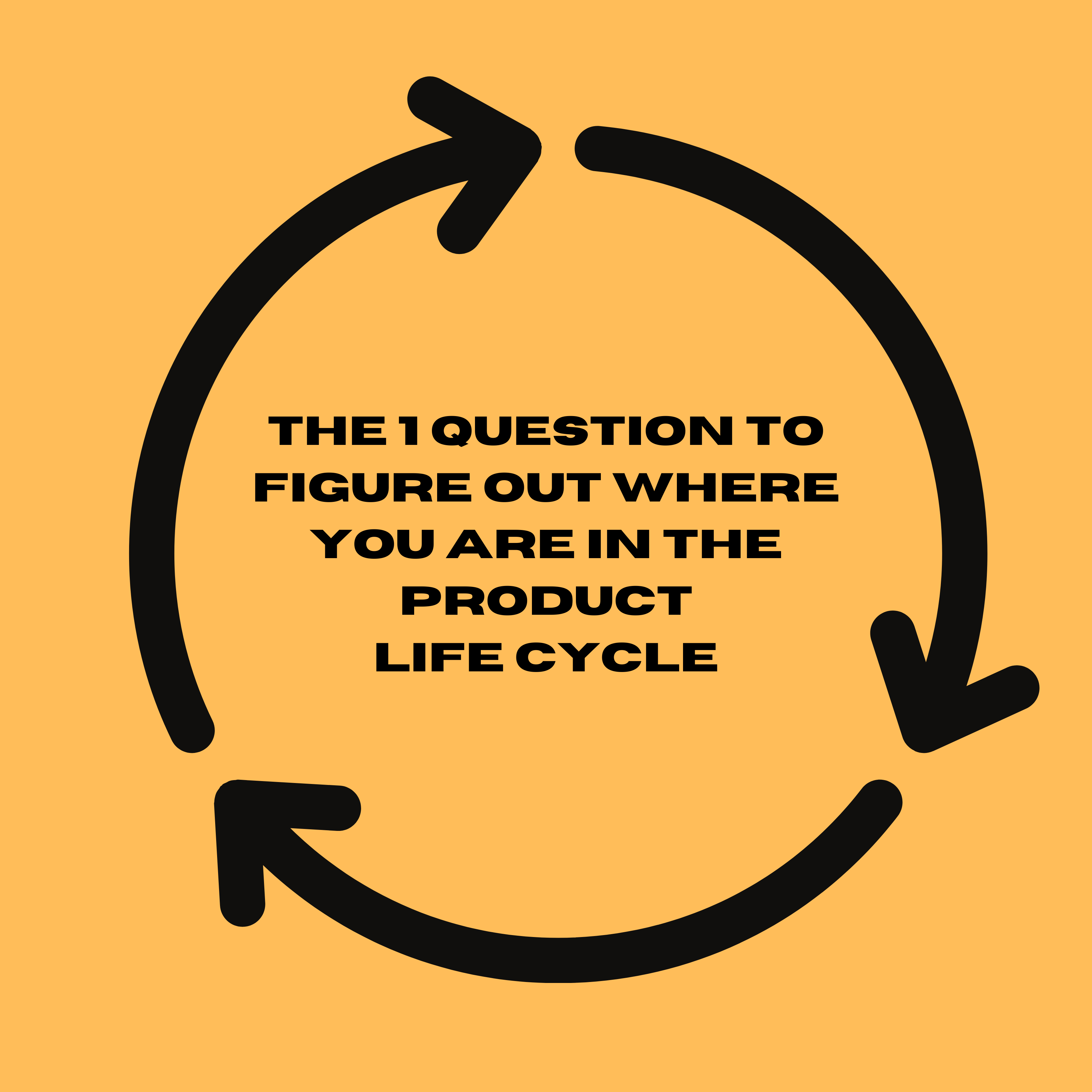
Where is your product in its lifecycle? AND how that could overlap with the complexity of the work that you’re dealing with?
How old is your product?
In the Cynefin Sense-Making framework, you’ve got:
- The Ordered Space → here you have clear work where people can follow recipes, they know what to do, and they should just do it. Complicated work where you can just bring the right experts to bear or you can do more analysis to figure out what to do. You can essentially get access to the right expertise.
- The Clear Space → tends to be more about products that are in the latter stages of their life because we really know everything that needs to be done about the product. We’re kind of almost on automatic pilot at this stage. A lot of stuff is automated with our product.
- The Complicated Space → you might have quite a mature product, so we understand what needs to be done. We don’t have a recipe for everything. We might need to do some analysis. We might need some experts to get together, but if the right people get together, they’ll figure out what to do.
- The Complex Space → it’s more likely that we’re still in the early stages of product development. We might be crossing the chasm, for example. We might be trying to move from early adoption to, getting greater deployment in the market. We are looking for opportunities to twist some previous inventions, ideas for new purposes, for new problems, and we’re trying to get some fresh thinking so we can figure out a way to overcome the latest problem and deal with the latest situation.
- Positive chaos → I refer to positive chaos as being near the border, the liminal between complex and chaos, and that’s where we do really want innovation. But this is very early stages, almost start-up stages where we don’t even know what the product might be, who the customer might be, and what the right solution would be. There are so many dimensions that we’re innovating on that it’s a bit chaotic but in a positive way.
- Negative chaos → You can end up in negative chaos from any part of your product life cycle. You could assume, for example, that something is clear when the product is towards the end of its life, but you’ve actually made a drastic mistake. You’ve been overconfident or you could assume that something that’s complex is predictable. We can do a Gantt chart for that and off we go.
A pattern between where you are in the product life cycle and the kind of complexity you are dealing with
I just want to illustrate that it’s not linear and the way I’ve just described it, isn’t as simple as that. It’s not a categorization system.
But there does seem to be a pattern there between where you are in the product life cycle and what kind of complexity you might be dealing with.
The Aporia/Confused Space
Cynefin is like peeling an onion — the more you peel away, the more you understand that you don’t understand.
But one of the important things in Cynefin is the aporia/confused space because you can deliberately go into aporia and you can try to figure out:
- Are we in the right space?
- Are we taking the right approach?
- Do we actually need to go into a different space and act differently?
Thank you.
